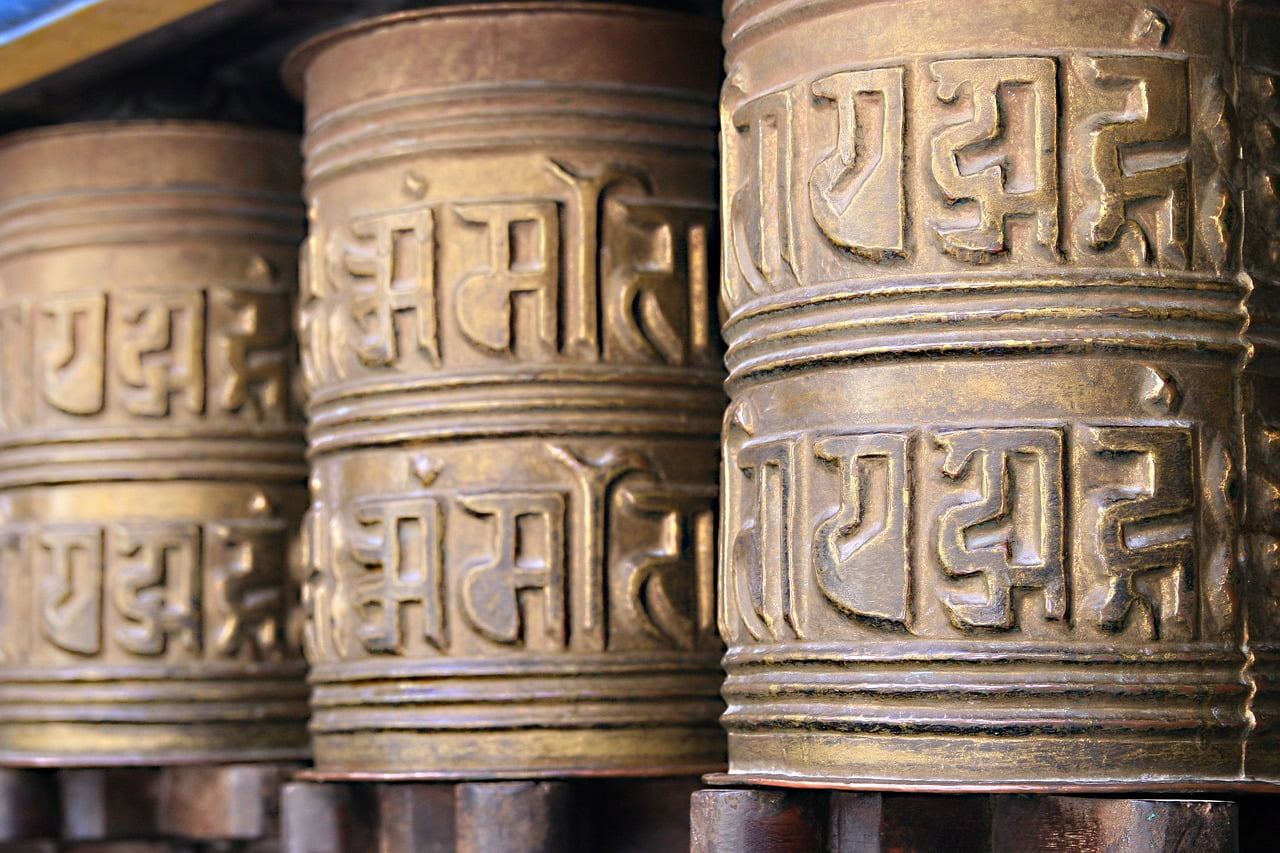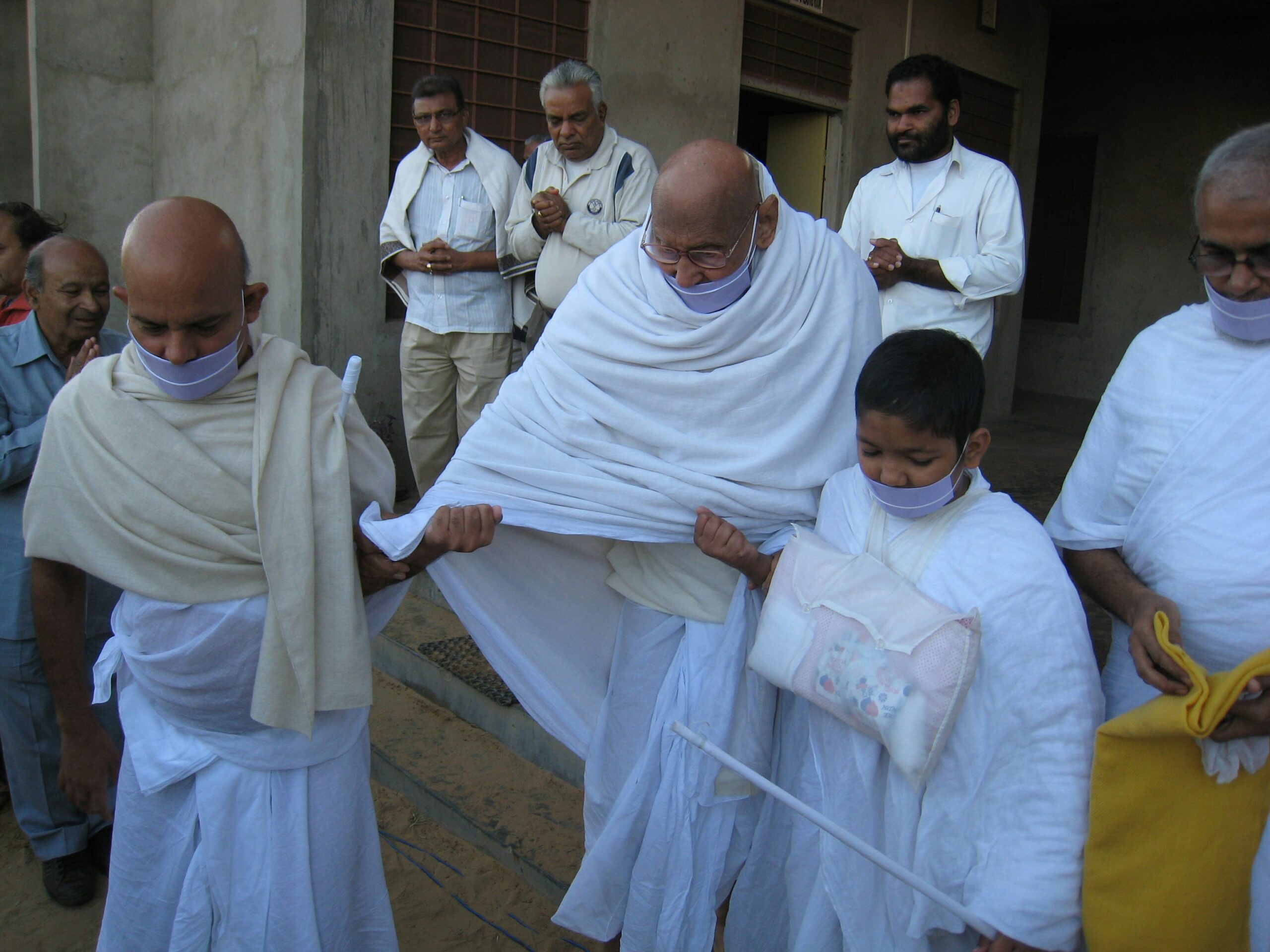The Influence of Multiple Sacred Texts on Buddhism and Jainism
When examining the religious traditions of Buddhism and Jainism, it becomes evident that both have adopted the practice of having multiple sacred texts. This practice may have been influenced by the long-standing tradition of Hinduism, which also encompasses a diverse collection of holy books.
1. Hinduism :
The development of Hinduism is a complex historical and cultural process that evolved over thousands of years. It doesn’t have a single founder or a fixed set of doctrines, and its development is marked by a diverse range of philosophical, religious, and cultural influences.
Hinduism believes the Universe was created by Brahma, the creator. The soul was separated from the Supreme Soul (Parmatma) and the main purpose of life is to attain moksha i.e. merger of the Soul back into the supreme soul. The universe, Earth, and all creatures were created by Brahma, one of the many gods that emanated from Brahman.
1. Indus Valley Civilization (circa 3300–1300 BCE):
The roots of Hinduism can be traced back to the ancient Indus Valley Civilization, where archaeological evidence suggests the presence of early religious practices. However, the specific religious beliefs of this civilization remain unclear.
2. Vedic Period (circa 1500–500 BCE):
- The early Vedic period saw the composition of the Rigveda, one of the oldest sacred texts in Hinduism. The Vedas, a collection of hymns and rituals, became the foundation of Vedic literature.
3. Upanishadic Period (circa 800–200 BCE):
- The Upanishads, philosophical texts that explore the nature of reality and the self, emerged during this period. They laid the groundwork for key Hindu philosophical concepts, including Brahman (the ultimate reality) and Atman (the individual self).
4. Epics and Puranas (circa 300 BCE–300 CE):
- The Mahabharata and the Ramayana, epic poems with religious and moral themes, were composed. Additionally, the Puranas, which contain myths, legends, and genealogies of deities, were written during this time.
5. Classical Period (circa 300–1200 CE):
- The development of Hindu temples, the codification of Hindu law (Dharmashastra), and the emergence of various philosophical schools (Nyaya, Vaisheshika, Samkhya, Yoga, Mimamsa) occurred during this period.
6. Bhakti Movement (circa 7th–17th centuries CE):
- The Bhakti movement emphasized personal devotion to a deity as a means of salvation. Influential saints like Ramanuja, Shankara, Kabir, and Mirabai played key roles in shaping the devotional landscape.
7. Medieval Period (circa 1200–1800 CE):
- The medieval period witnessed the rise of major devotional movements and the spread of Hinduism to various regions of India. The Bhakti and Sufi traditions interacted, contributing to cultural syncretism.
8. Colonial Period (17th–19th centuries CE):
- The colonial period saw the encounter between Hinduism and Western thought. Scholars like Raja Ram Mohan Roy initiated reform movements, and the impact of Western education influenced Hindu intellectual thought.
9. Modern Period (19th century–present):
- The 19th and 20th centuries witnessed social and religious reform movements, including the Arya Samaj and the Brahmo Samaj. The Indian independence movement also contributed to a reassertion of Hindu identity.
Hinduism has a vast and diverse collection of sacred texts, including the Vedas, Upanishads, Bhagavad Gita, Puranas, and various Smritis. The decentralized nature of Hinduism allows for a wide range of beliefs and practices, and different sects may emphasize different texts.
Buddhism and Jainism
2. Buddhism :
Buddhism originated as a reform movement within the religious context of ancient India. Siddhartha Gautama, the Buddha, rejected certain aspects of Brahmanical traditions (early Hindu traditions) but also engaged with and repurposed some existing concepts. Buddhism’s rejection of certain Vedic concepts, such as the authority of the Vedas and the caste system, led to the development of its own set of scriptures. The Buddhist canon primarily consists of the Tripitaka (Pali Canon) and various Mahayana sutras.
Buddhism teaches that there is no soul and that the universe is not eternal. Buddhists do not believe in karma.
The primary sacred texts in Buddhism are known as the Tripitaka or the Pali Canon. However, Buddhism also recognizes various other texts, such as the Mahayana Sutras and the Tibetan Buddhist Canon. These additional texts contain teachings and philosophical insights that have been influential in different Buddhist traditions.
3. Jainism:
Jainism, founded by Lord Mahavira, emerged as a distinct religious tradition with its own set of beliefs and practices. Jainism also developed its unique philosophical and ethical doctrines. Jainism emphasizes non-violence and asceticism. Jainism recognizes multiple sacred texts, including the Agamas, which are believed to be the original teachings of the religion’s twenty-four Tirthankaras or spiritual leaders. These texts provide guidelines for ethical living, meditation practices, and spiritual enlightenment.
Jainism teaches that the universe is eternal and that the soul is immortal. Jains believe in karma, the law of cause and effect.
The adoption of multiple sacred texts in Buddhism and Jainism can be seen as a reflection of the diverse cultural and philosophical influences that shaped these religions. Hinduism, being one of the oldest religions in the world, has a rich tradition of sacred texts, including the Vedas, Upanishads, Bhagavad Gita, and the epics like the Ramayana and the Mahabharata. The presence of multiple holy books in Hinduism may have influenced the development of Buddhism and Jainism, leading them to adopt similar practices.
While Buddhism and Jainism share certain similarities with Hinduism in terms of the practice of having multiple sacred texts, it is important to note that each of these religions has its distinct beliefs, practices, and interpretations. The adoption of multiple sacred texts is just one aspect that contributes to the rich tapestry of religious diversity in the Indian subcontinent.
Thank you for reading this post, don't forget to subscribe!














